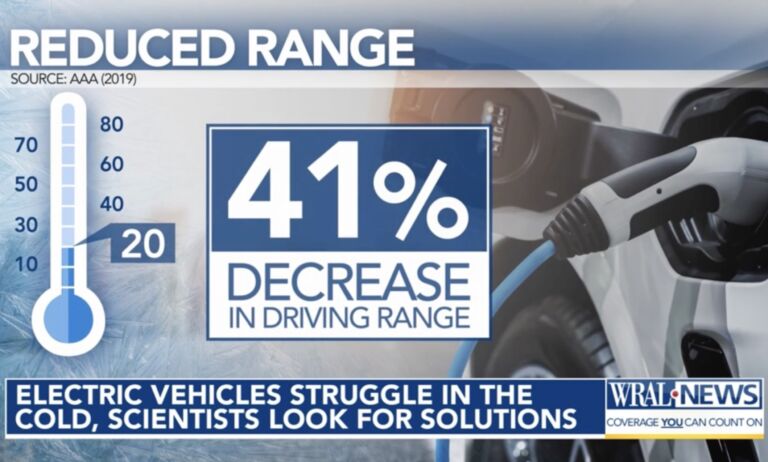The latest Barron’s offers us another example of the ills of misguided federal regulation, as Columbia University financial institutions professor Charles Calomiris discusses the Dodd-Frank law:
Barrons: When President Obama signed the Dodd-Frank bill into law on July 21, 2010, he was photographed embracing former Federal Reserve Chairman Paul Volcker, who helped shape some of its provisions. Can Dodd-Frank prevent another financial crisis?
Calomiris: I don’t know anyone who understands what happened who would say that Dodd-Frank solves the problems that created the financial crisis. The legislation runs 2300 pages, and so it would take some time to explain what Dodd Frank got wrong and what it should have done instead.
Barrons: Gives us some idea of what it got wrong.
Calomiris: You mention Paul Volcker, so let’s discuss the part of Dodd-Frank called the Volcker Rule. The Volcker Rule tries to ban proprietary trading within banks. The first problem with that — which I foresaw along with many others — is that it would be hard to define proprietary trading, because obviously, an essential role of banks is to help make markets in various financial instruments and to execute trades for their clients.
So the question is, how do you define the limits of proprietary trading? From the hundreds of questions that they asked people and the thousands of complicated responses that they have gotten, it’s become clear that there is no hope of being able to describe what it is they are trying to prohibit in a way that can be predictably identified, so that banks can know whether or not are they are in violation.


